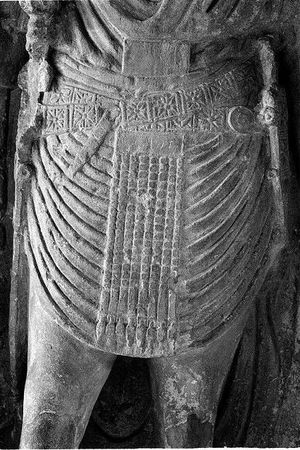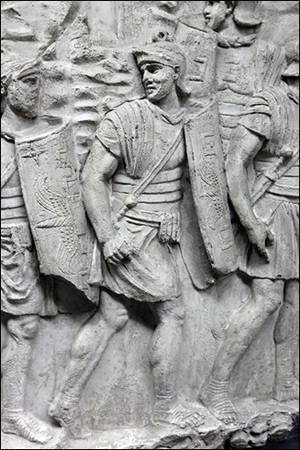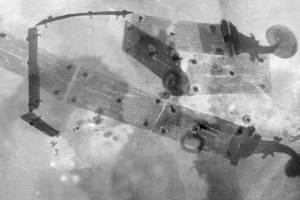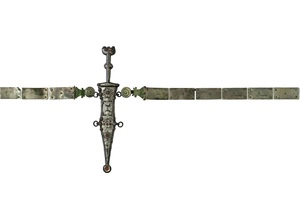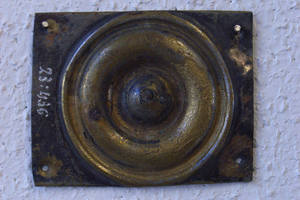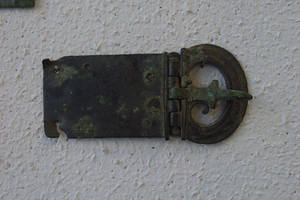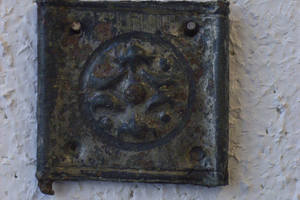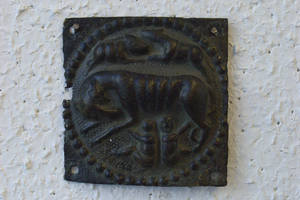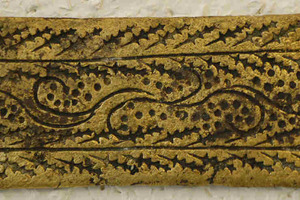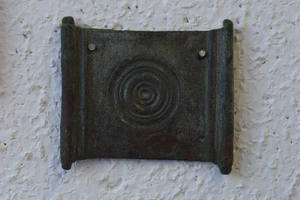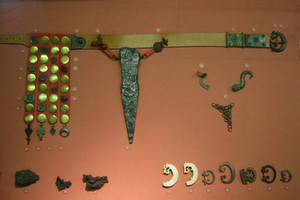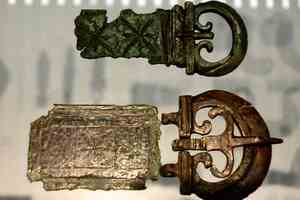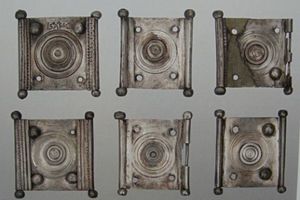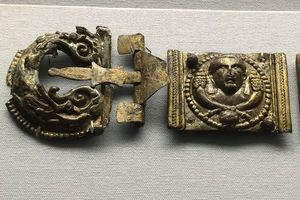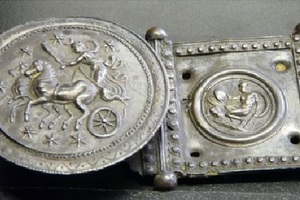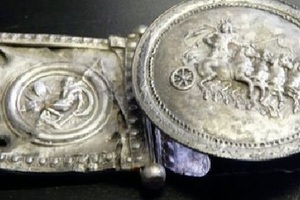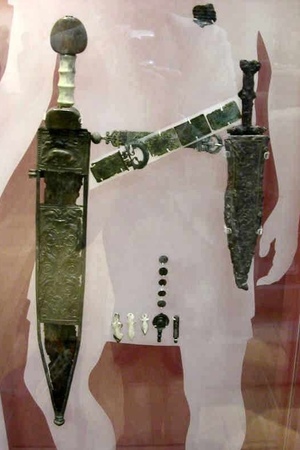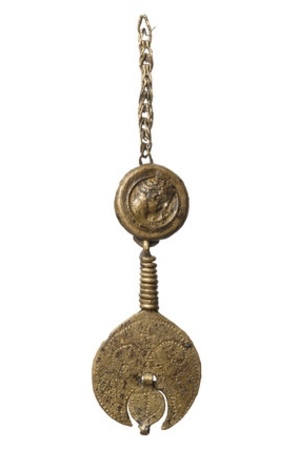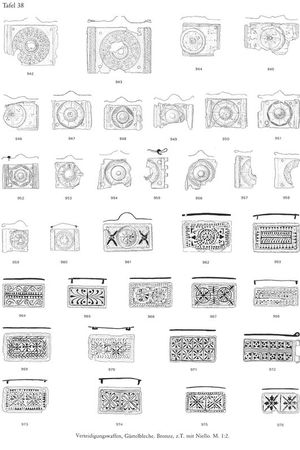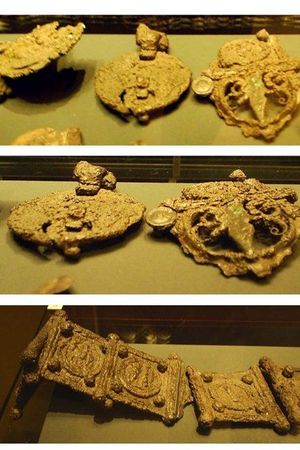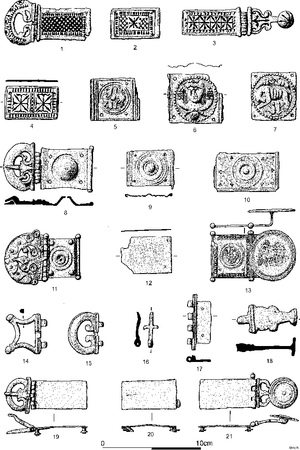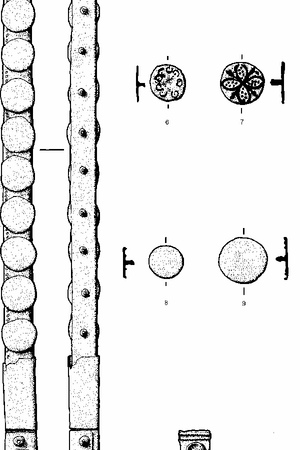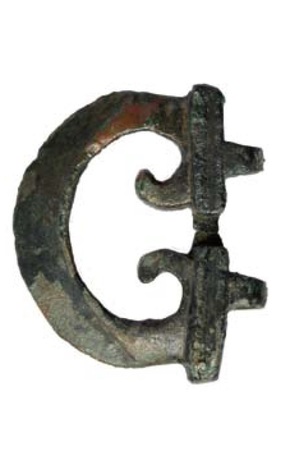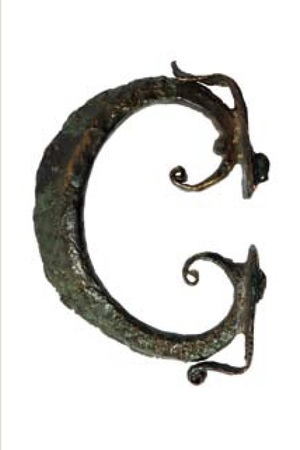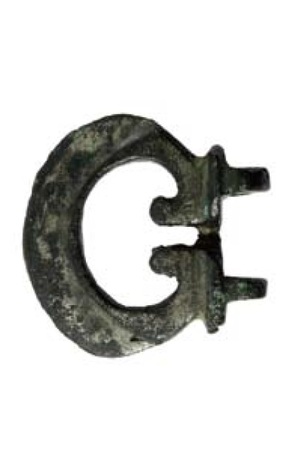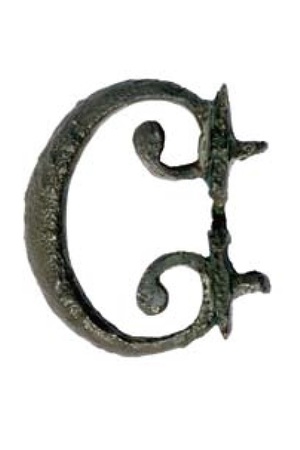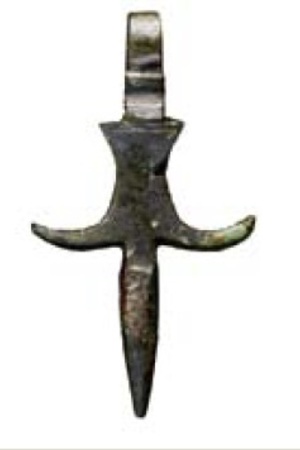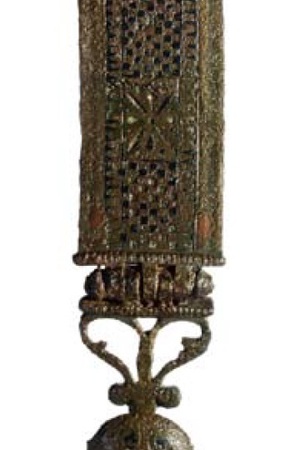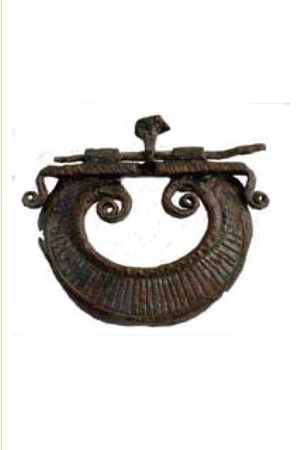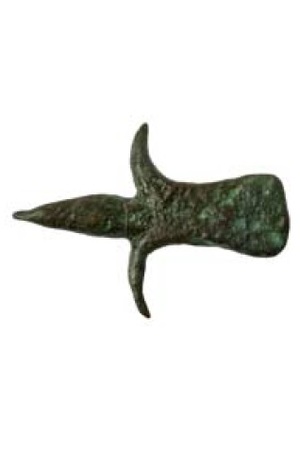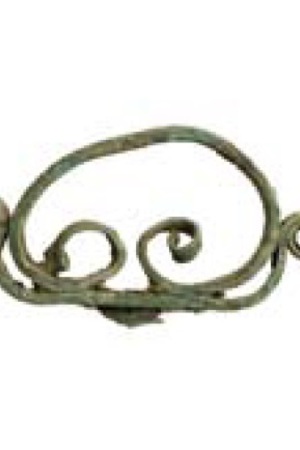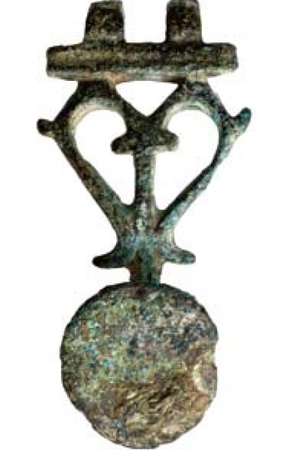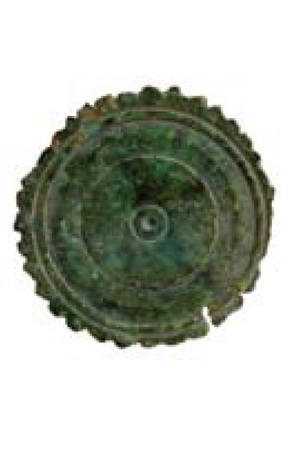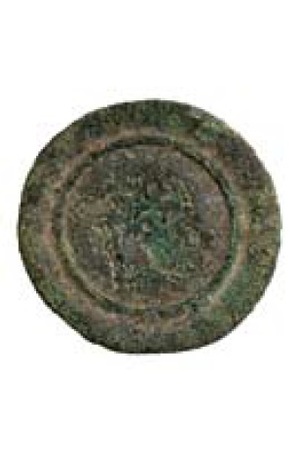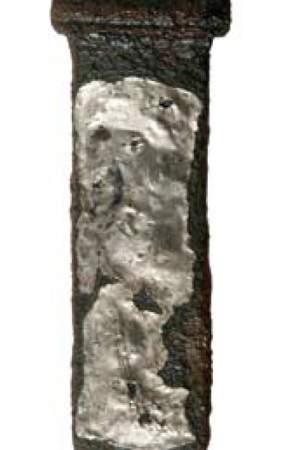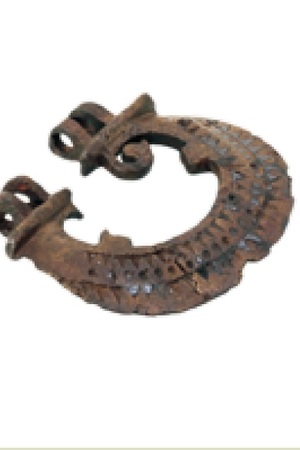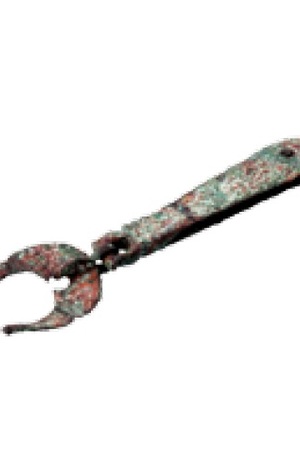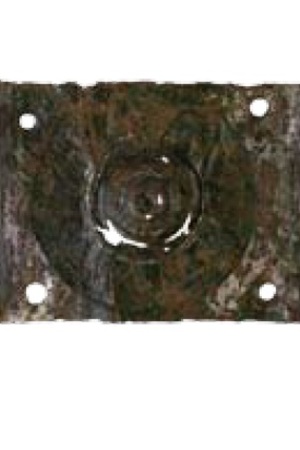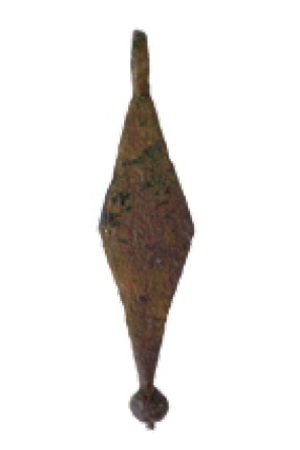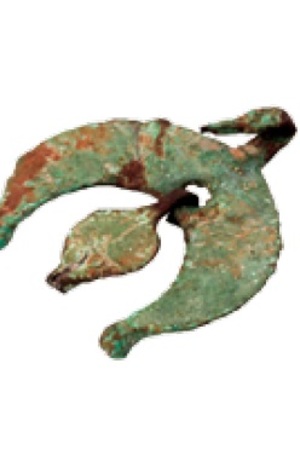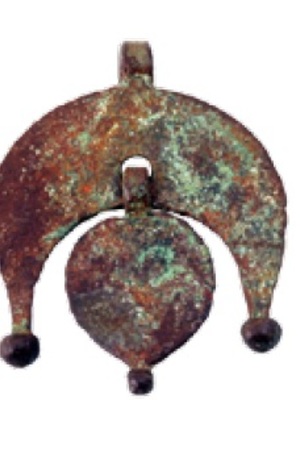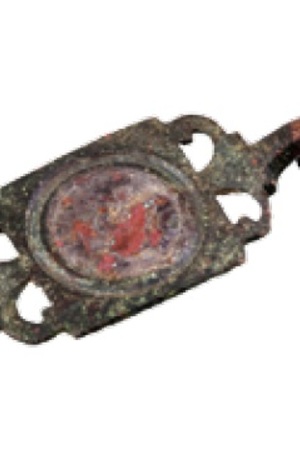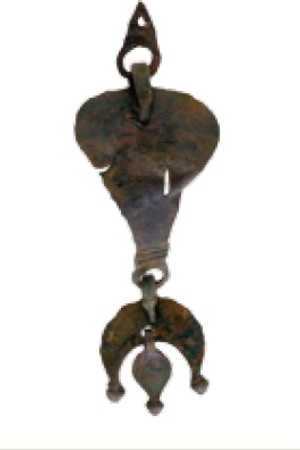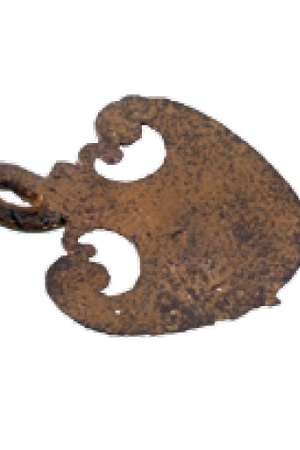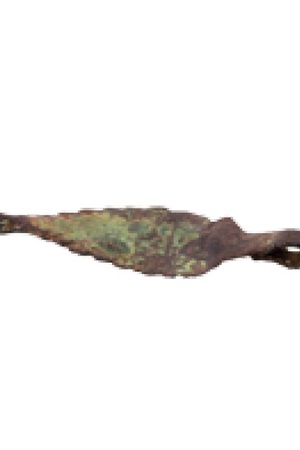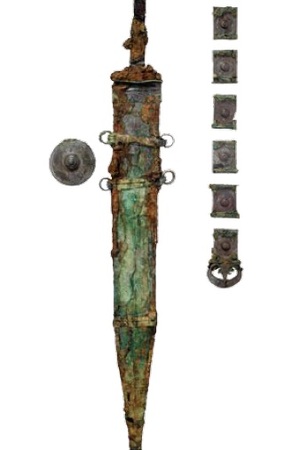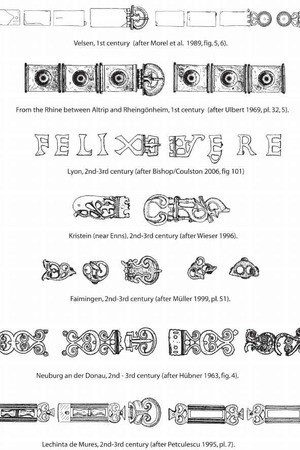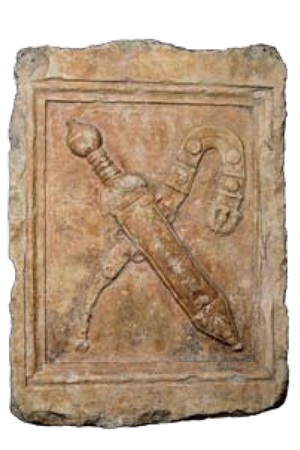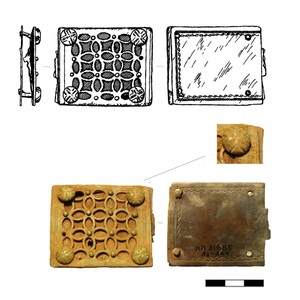Cingulum
Cingulum (Latin: cingulum militare) was a Roman military belt adorned with metal plates. It was one of the signs of belonging to the warrior class ("Omnes qui militant, cincti sunt" - "All those who serve are girded," Maurus Servius Honoratus). The belt was a symbol of honor for a legionary and could be confiscated for offenses and transgressions, which were considered a disgrace for a soldier. The cingulum was also an obligatory part of a legionary's equipment and was often worn together with suspensories. The belt served not only symbolic and traditional functions but also practical ones: it allowed for more secure fastening of armor, gladius, and pugio to the person's body. Sometimes pouches or other personal belongings were attached to the belt. Interestingly, during the early Empire period, multiple cingulums could be worn, one on top of another or in a crisscross pattern. In addition to legionaries, auxiliaries also wore cingulums.
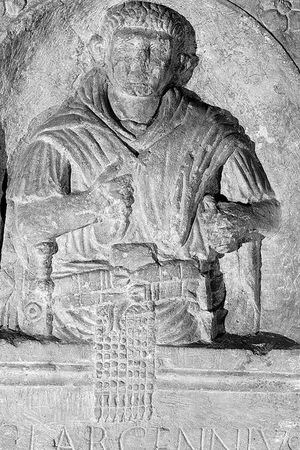 Tombstone bas-relief of Gaius Largennius from legio II Augusta. Found in the vicinity of Strathsburg. Inv. Nr. 2431. 1st century AD
Tombstone bas-relief of Gaius Largennius from legio II Augusta. Found in the vicinity of Strathsburg. Inv. Nr. 2431. 1st century ADSuspensory (Latin: suspensus, suspended) was a set of leather strips with metal plates that were attached to the cingulum. The design of suspensories varied depending on the warrior's rank and the time period. The number of leather strips ranged from 3 to 8. In the early 2nd century AD, their length began to decrease, and later suspensories ceased to be part of the traditional legionary equipment. Interestingly, as they advanced in military ranks, starting from centurions, officers stopped wearing suspensories. Legates and other higher-ranking officers no longer even used the cingulum, replacing it with fabric bands on their armor.
Reenactment
The main evidence of the use of cingulum by Roman Empire soldiers comes from numerous reliefs. The high level of detail often allows not only the identification of the presence of a cingulum but also its type, the number of suspensories, patterns, and other characteristics. In combination with archaeological findings, the following components can be determined: a leather base, metal plates on both balteus (belt) itself and the suspensories, metal tips on the suspensories, belt buckles for fastening, and special attachments for the pugio (dagger). Plates and decorations on the suspensories are usually attached to the leather base. It should also be noted that the most commonly found material in archaeological discoveries is brass, but other metals and their alloys are also encountered. In addition to engraved decorations, silver and gold coatings are often present.
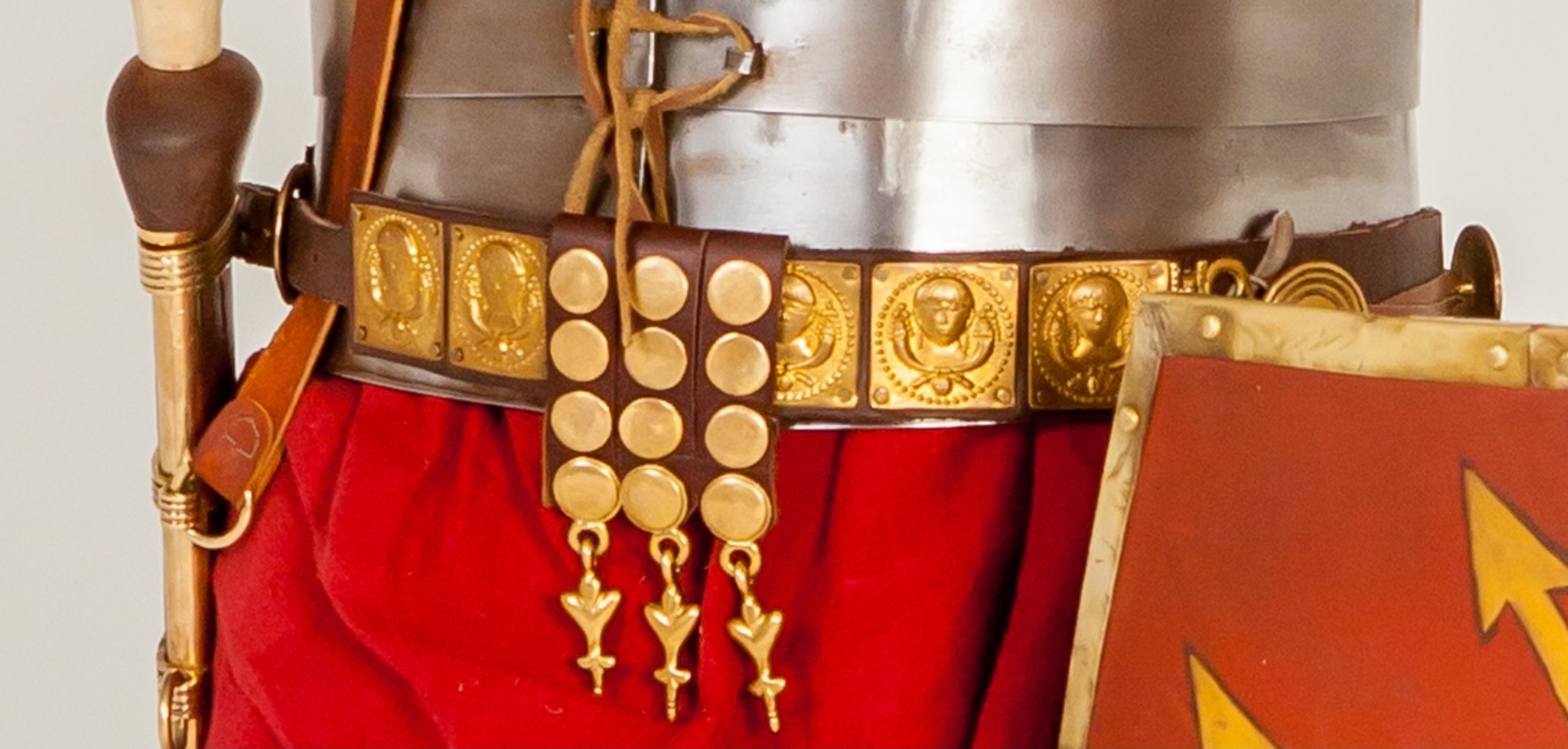 cingulum with three suspensions, reconstruction
cingulum with three suspensions, reconstruction
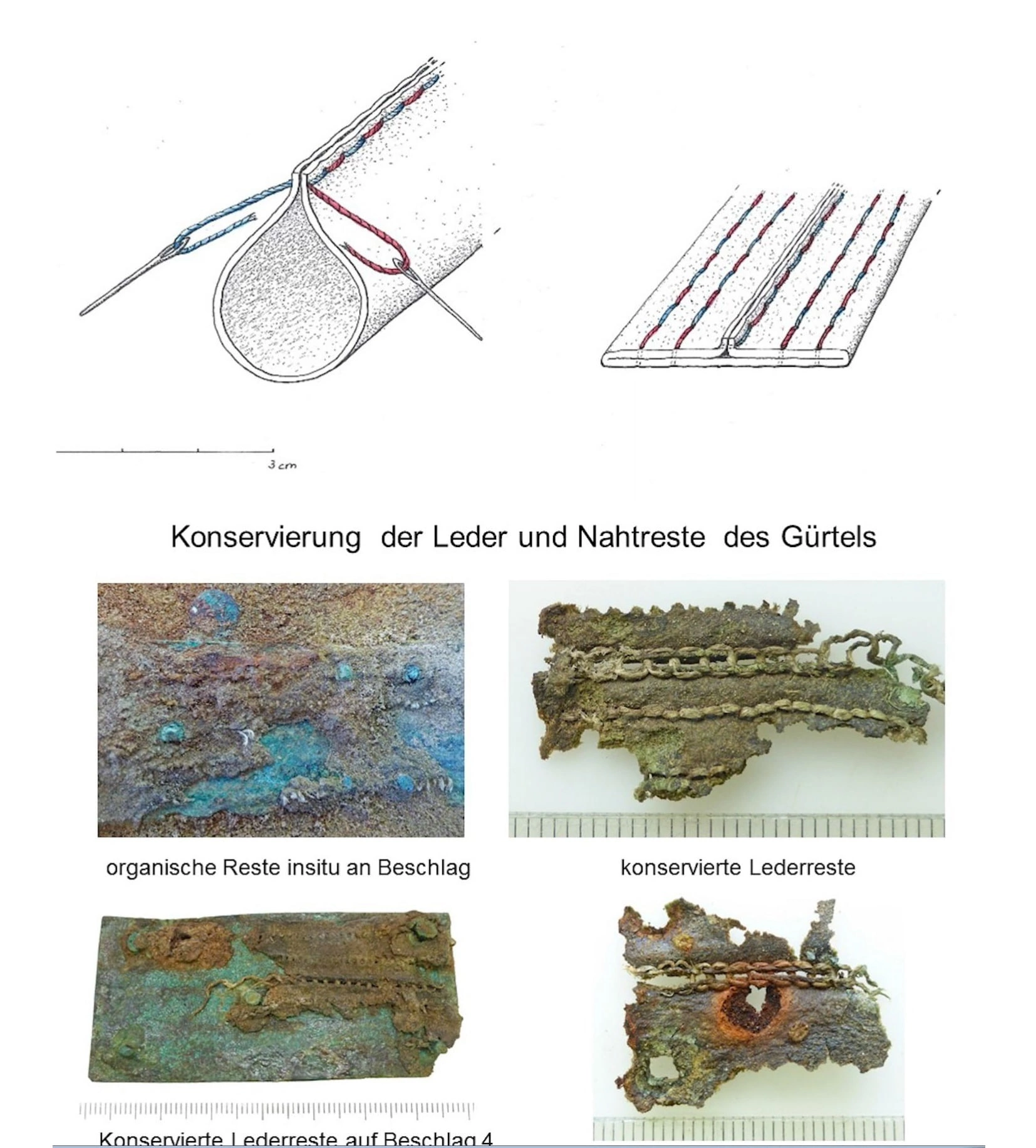 Remains of a Roman belt from Haltern, first half of the 1st century AD.
Remains of a Roman belt from Haltern, first half of the 1st century AD.
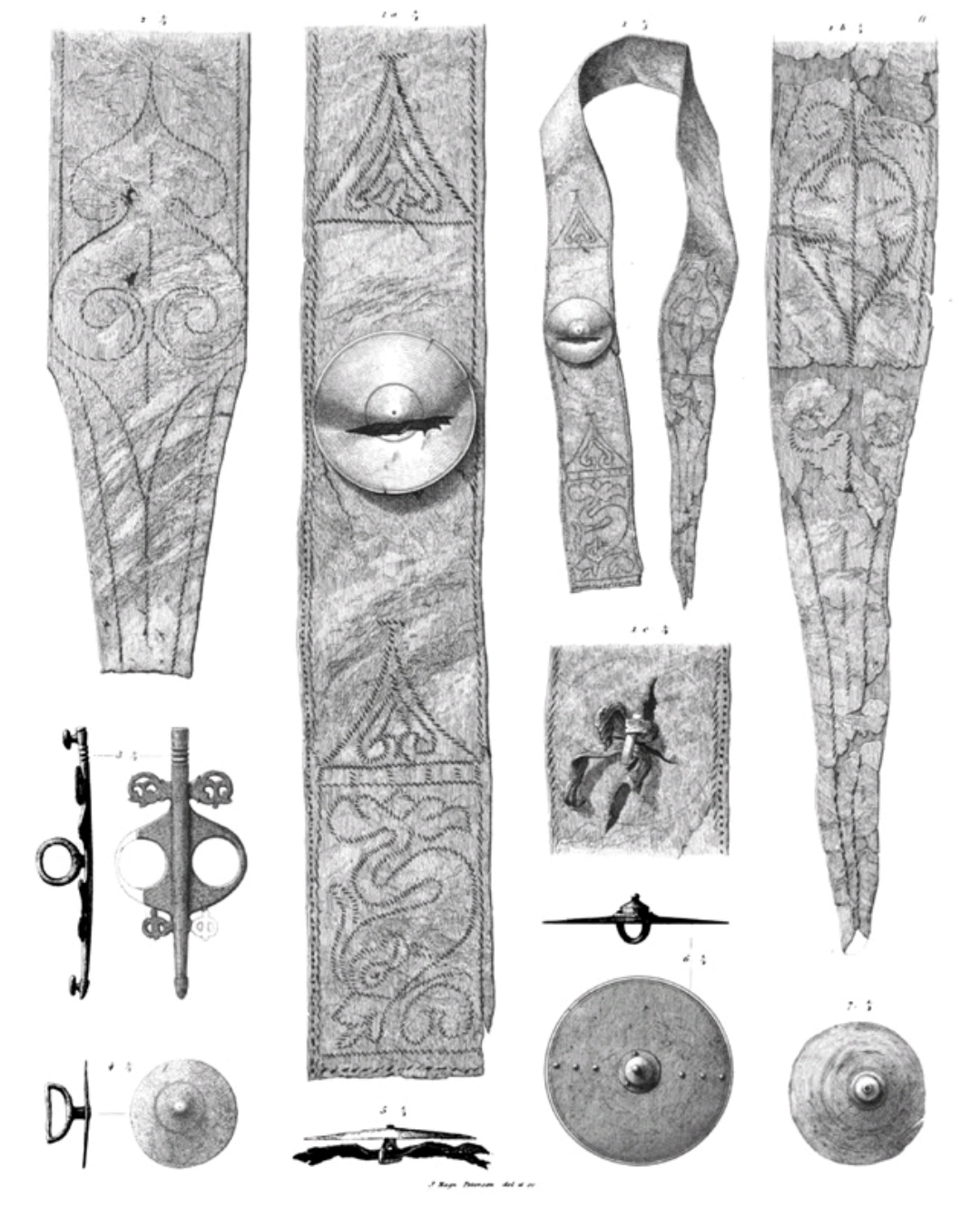 Roman military belt made of Vimose, II-III centuries AD.
Roman military belt made of Vimose, II-III centuries AD.
Related topics
Legionnaire, Balteus, Auxiliaries, Centurion, Legate
Literature
Roman Military Equipment In Croatia, Ivan Radman-Livaja et al., 2010
The Roman Military Belt, Stefanie Hoss, published in: Koefoed, H., M.-L. Nosch (eds), Wearing the Cloak. Dressing the Soldier in Roman Times. Ancient Textiles Series vol. 10, Oxford 2011, 29-44.

 Gallery
Gallery






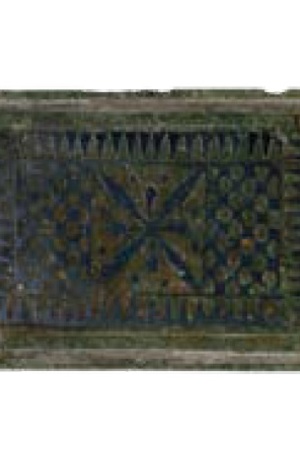 Plate of Cingulum, first half of the 1st century AD, Burnum-a military center in the province of Dalmatia
Plate of Cingulum, first half of the 1st century AD, Burnum-a military center in the province of Dalmatia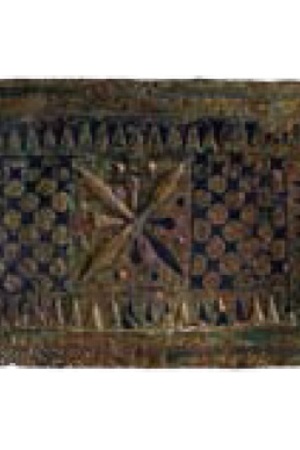 Plate of Cingulum, first half of the 1st century AD, Burnum-a military center in the province of Dalmatia
Plate of Cingulum, first half of the 1st century AD, Burnum-a military center in the province of Dalmatia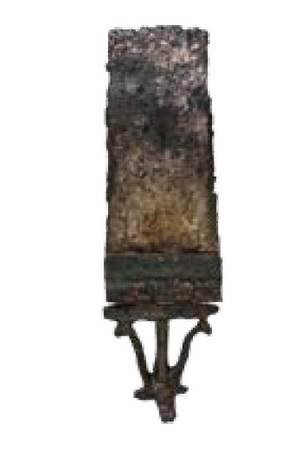 Mount for Pugio, first half of the 1st century AD, Burnum-a military center in the province of Dalmatia
Mount for Pugio, first half of the 1st century AD, Burnum-a military center in the province of Dalmatia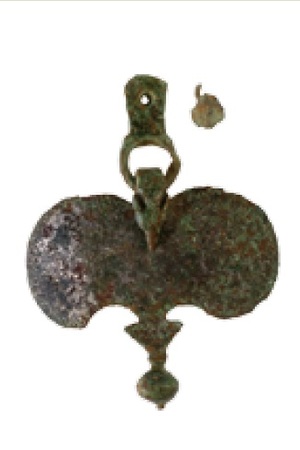 Tip of Suspenzoria, first half of the 1st century AD, Burnum-a military center in the province of Dalmatia
Tip of Suspenzoria, first half of the 1st century AD, Burnum-a military center in the province of Dalmatia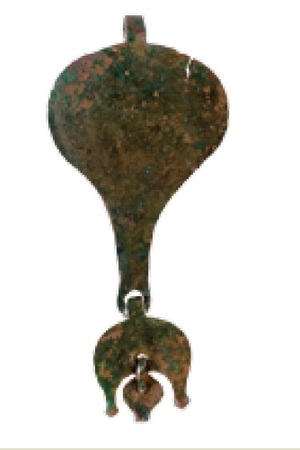 Tip of Suspenzoria, first half of the 1st century AD, Burnum-a military center in the province of Dalmatia
Tip of Suspenzoria, first half of the 1st century AD, Burnum-a military center in the province of Dalmatia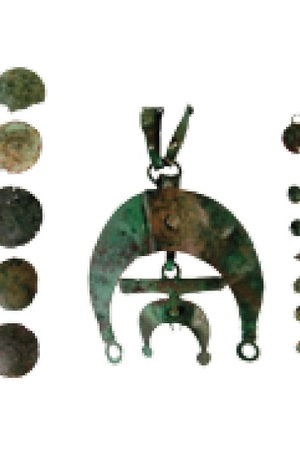 Tip of Suspenzoria, first half of the 1st century AD, Burnum-a military center in the province of Dalmatia
Tip of Suspenzoria, first half of the 1st century AD, Burnum-a military center in the province of Dalmatia